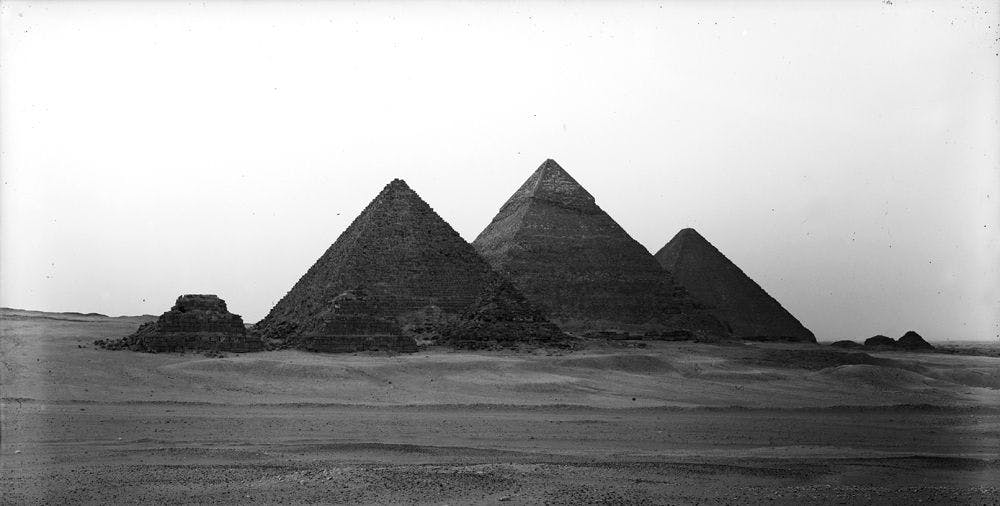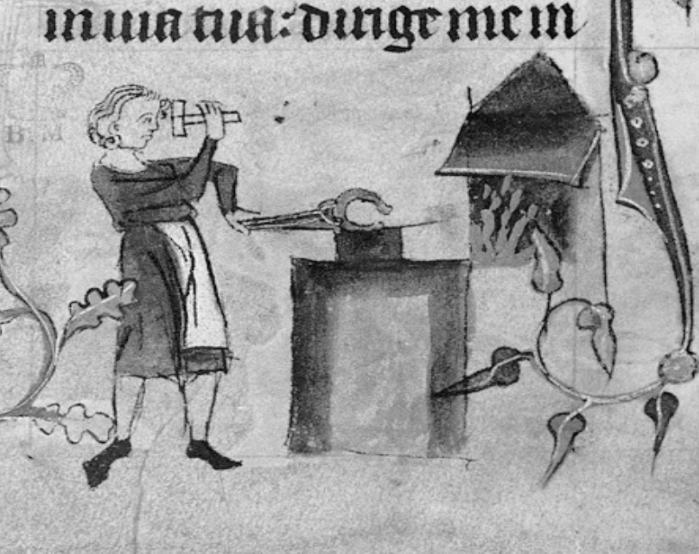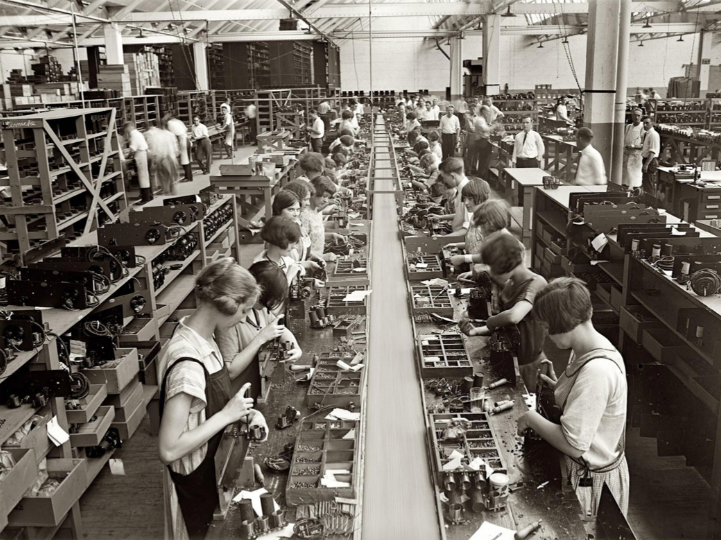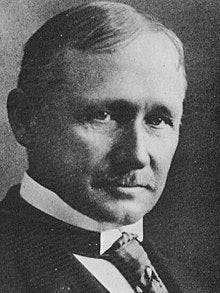Management theory and practice involves planning, leading, organising, and controlling human endeavours and has undergone several changes throughout human civilisation. I have categorised them into eight distinct eras of management. Management is a form of culture, precisely a form of social organisation directed towards coordinating the efforts of a group of individuals' efforts in producing an artefact that holds value for the individual or community they belong to.
The prehistoric era of management
Homo Erectus, which evolved approximately 2 million years ago, was a nomadic hunter-gatherer species that predates the evolution of actual humans (Homo Sapiens). They engaged in pack hunting, a strategy that allowed hunting of prey species that were larger and too dangerous for an individual of the species to hunt alone.
Pack hunting is a cooperative activity that appears mainly in mammalian predator species, from dolphins to wolves, African wild dogs, hyenas, and lions. Members of the hunting pack must coordinate their activities to achieve success, largely achieved through a call/response pattern of instinct. Although the role of the alpha has recently come into question as to what extent it actually appears in, for instance, wild wolves, there is likely a pattern of leadership in this hunting strategy.
It would take millions of years of evolution to go from the primitive stimulus/response form of communication (of Homo Erectus) to achieve what we would recognise as a true language with formalised grammar, syntax and symbolic reference leading to the development of symbolic reasoning and formal logic. It is likely that this development of language and reasoning ultimately contributed to and co-evolved with early humans resulting in the evolutionary success of the Homo Sapien species and the extinction of earlier human-like species like Neanderthals.
This ability to reason would lead to the ability to model potential outcomes and use tactics and strategy, which was the first appearance of management. It would require significant innovations in agricultural technology (the use of the plough, draft animals, fertilisers, and selective breeding) to enable humans to produce substantial amounts of storable surplus food in the form of ancient grains. This marks the transition from the nomadic hunter/gatherer model to establishing permanent settlements and larger non-tribal communities.
Only then would individuals have the available time, energy, and effort to devote to specialising in the production of non-food items. These items would be the hallmarks of true civilisation: written communication, manufacturing of tools, cloth and leather, pottery and eventually genuine metalwork like the smelting of copper. It also allowed for more rapid innovation in these technologies as this wave of "urbanisation" allowed for the collaboration and transmission of these ideas and cultures.

This is where we enter the first true era of management or what I call the Ancient Age of Management or, more academically, the Neolithic Era. During this time, approximately 3-5000 BC, we see the first construction of large-scale structures such as temples, ziggurats, pyramids and stone circles emerge. It is also no accident that this is when the first true "knowledge workers" arrived: priests, lawyers, scribes and accountants. They contributed something valuable to their community without using the "sweat of labour". (But more about them, later in Part 2)
We know that the lack of wide-scale literacy would mean the transmission of skills would happen primarily orally and usually in family groups: sons taking over their father's business as a skilled metalworker, for example. There is also evidence of non-family groups, like the development of guilds and apprenticeships for collecting knowledge and skills, but probably less sophisticated than those of later eras.
So, the role of the manager in organising the labour of individuals was characterised as the production of physical goods or structures, directed primarily orally through familial hierarchies. There was likely some reward structure administered by these early managers: using simple punishment/rewards to incentivise workers' performance.
(As a side note, the construction of the pyramids by slaves is essentially a myth; skilled construction workers, sometimes in groups of several thousand, would construct "temporary villages" with all the supporting infrastructure that was needed to keep them fed and sheltered during the multi-year construction periods.)

This pattern or era of management would largely remain unchanged until the fall of Rome and the beginning of the High Middle Ages (circa 1200 AD) when the development of trade and artisanal guilds, which had real economic power in the context of their community that we can speculate how that played a role in organising human endeavour. This Medieval Era of Management is the next in our eight eras.
In particular, artisan guilds like blacksmiths would require association with the local guild to practice their skills. We see the formalisation of the progression from apprentice to journeyman to master as part of their structure. This era of production (and management) would be characterised by a master craftsman directing the labour of apprentices in the production of highly customised physical artefacts. The variation in methods, tools, and products would remain unchanged until the beginning of the Industrial Revolution in the 18th century.

The Industrial Era of Management marks the transition from artisanal "hand production methods to machines, new chemical manufacturing and iron production processes, the increasing use of water power and steam power, the development of machine tools, and the rise of the mechanised factory system."
In particular, the rise of the mechanised factory system is where we see the true emergence of the "management class", where a separation was evident between those responsible for planning, leading, coordinating and organising the work and the "worker class" who were responsible for the execution of the tasks required to achieve the goals set by managers. This pattern may be characterised as "command and control", which has been the dominant paradigm until very recently in the history and development of management.
Workers were now typically low-skilled individuals specialising in a particular part of the production of this physical item. They were now also physically co-located, whereas this might have taken place in a cottage industry environment in the past.
The materials, methods, and tools were also standardised, allowing for greater fungibility in the hiring and firing of workers. The repetitive nature of the work and the lack of real power in social organisations like unions led to an unregulated exploitation of these workers by managers. So, motivation levels were typically low, requiring the use of punishment/reward systems primarily based on increased or decreased remuneration and threats of employment termination. Unions were outlawed mainly from the middle of the 14th century till widespread outbreaks of strikes in England and Scotland led to the repeal of those laws in the mid-19th century.

The rise of Scientific Management or Taylorism is our next era of management arising in the late 19th century. Frederick W. Taylor is a leading figure in applying the principles of science to the management of workers and processes. The goal of scientific management is the improvement of economic efficiency through optimising labour productivity and the engineering of processes.
In particular, as this relates to the human labourers, it led to the definition of standardised work with set quotas based on time and motion studies of what the highest performing workers were capable of.
This is critical in my argument for the later development of management theory. In this era of scientific management, the assumption is that the better paid a worker is for their production, the more efficient or greater the output would be. This has mainly remained true while the basis of our economic production has been almost totally based on the production of physical goods.
It is also worth noting that this era led to the innovation of the assembly line, which mechanised the transfer of physical production from one assembly station to the next. It also led to greater output of standardised products such as the Model T produced by the Ford Motor Company.
End of Part 1
So, to summarise the first four eras of management I've described thus far, we find ourselves at the time when the role of the manager and their methods can be described as:
- A true division where the responsibilities of the manager are planning, leading, controlling and coordinating the work of labour and processes to achieve economic goals set for the organisation
- This is achieved through the use of mechanised processes which produce standardised physical artefacts.
- Labourers who are typically low-skilled, engaged in repetitive tasks and exhibiting low levels of motivation are incentivised through the use of punishment/reward systems based on increased or decreased remuneration and the threat of employment termination or promotion.
- This is the start of what we would call "defined process control", which is characterised as a process that, given standard input of raw materials and standardised processes, would lead to an outcome that could be predictably measured or expected.
Part 2 of this blog post will begin to contrast this "defined process control" with the development of modern management and "empirical process control".

